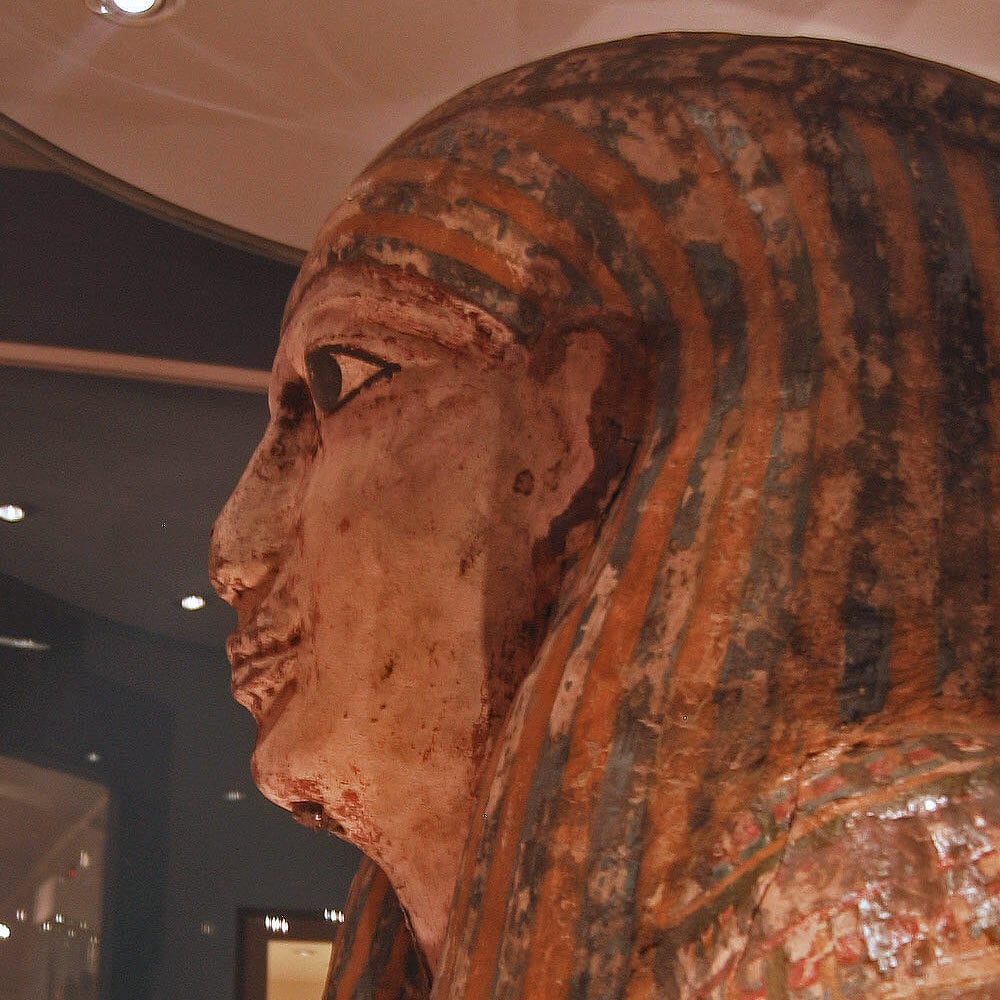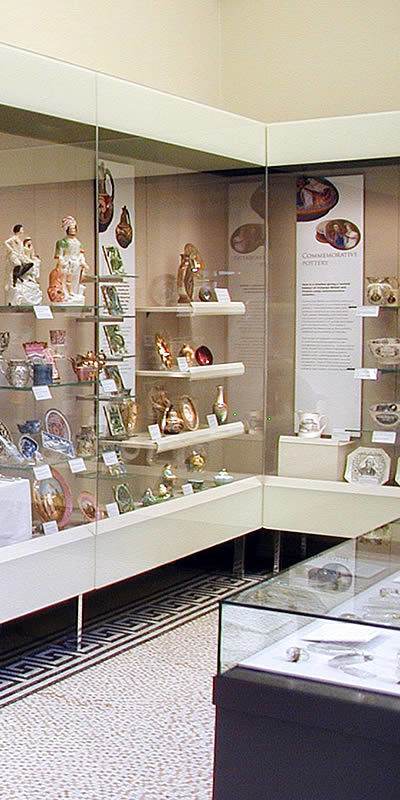The Display Case Series
Museum Exhibition Invisible Showcases
Part 3
In Part One of this series, we discussed the purpose of invisible museum display cases. Now, in Part Three, we will revisit the topic of museum exhibition invisible showcases and answer the question of how to achieve this.
The methodology of creating an exceptional showcase design, building it, and installing it does not happen in a vacuum. Furthermore, it takes a dedicated team of professionals, working concurrently to create something far more than the sum of its parts. However, whether the display showcase is truly invisible to the individual is determined by how other details are designed, engineered, and executed.
Now, depending on your role, you will largely determine where you step on this display and showcase journey. For example, from the standpoint of the exhibition organiser, who has been given the mission of housing a new, existing, or travelling collection, etc.
Once the first ideas are formed and pen is put to paper, it is time to involve a professional museum designer specialising in museum display showcase design. I have to say that there are not many of us out there. You can count them on the fingers of one hand. Moreover, you can narrow this down to simply two if you want to include state-of-the-art sustainable showcase lighting that delivers quality, conservative lighting solutions.
These final two points, lighting and conservation, are critical in creating a high-quality showcase. Internal showcase lighting that is flexible, controllable, and capable of lighting those difficult-to-reach areas within the showcase without casting unwanted shadows necessitates expertise and knowledge.
Most manufacturers’ showcases can light objects at the top of the case, but once shelves and objects are added, problems start to build, casting shadows on objects lower down in the showcase.
Understanding how to get the most from the latest LED micro spots, Bluetooth dimming control, lighting lux levels, and magnetic tracks and where to place them for optimum lighting is an art form. I would not suggest people do it without professional assistance.
Similarly, it is essential to consider conservation when displaying artefacts in a museum. This includes ensuring that the temperature, humidity, and light exposure are maintained at appropriate levels and can be monitored effectively.
As a designer, one of my core beliefs is that museum display cases should have elegant, strong, and flexible shelving that appears invisible to the viewer. These shelves should appear to float in mid-air without any visible support and, when removed, leave no trace of their existence. By implementing this approach, there is no need for unsightly triangular brackets that detract from the beauty of the artefacts on display. Instead, the focus remains on the objects, allowing visitors to appreciate their splendour and significance fully.
Ultimately, a skilled museum designer should work closely with the client to develop a comprehensive understanding of their goals and wishes. They should provide expert advice and guidance, and deliver a concept that exceeds expectations and wows visitors.

Read the full museum display cases series
Part 1 – Display Cases Introduction
Once a piece of glass or acrylic is placed between the visitor and the exhibit, a physical barrier is formed.
Part 2 – So is that Vitrines or Showcases?
If you are in Europe, and usually in the USA, you will use the term vitrines whether the showcases are made of acrylic or glass.
If you have a touring exhibition, you will, of course, have a different shopping list of boxes to tick for a permanent museum display.

